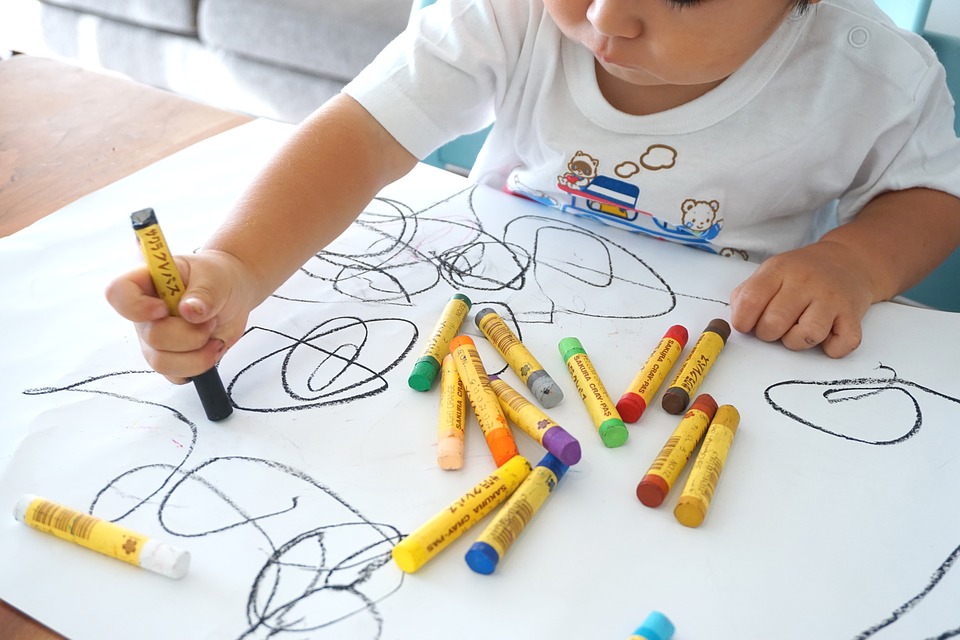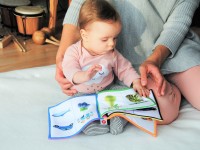Drawing is one of the oldest arts existing in the world. It came naturally to the whole world in the past and it should be natural for your kid today as well. Teaching kids to draw is a great opportunity not only to develop your child’s personality but also to spend more time with your kid. The question is only how to approach this teaching process if you’re not the greatest painter in the world yourself. We’ll try to go through existing data on the topic and sort out the best ways of teaching kids to draw.
Child’s development and parents’ interference
Sometimes parents do have to interfere with their kids’ development in order to ensure it goes in the right direction. However, in many cases elders do it in vain making more harm than good. Here is a short description of child’s development stages and several tips on grown-ups’ interference.
-
First visual language
Kids learn to understand the visual world from shapes they see around, books, and even telly. When trying to draw, they simply repeat on the paper everything they see. At this point, you should be just an assistant who helps name the objects and not a strict teacher who tries to get more down-to-earth drawings.
-
Expansion of the visual system
Expansion happens every day and every second of the child’s life. Yet at around 4-5 years of age children start adding details and complexity to their drawings. While teaching kids to draw at this stage your aim is also to assist and not interfere in their artistic bursts. When helping children, explain some patterns in simple words, for example, tell how to draw trees and families to help the child understand common features of objects of the same class, but make effort of not imposing your own categorical thought.
-
Limitations
At around 10 years of age children begin caring about their drawings to be more real and close to their everyday life. At this point, you can allow yourself more interference in order to help your child understand and learn features of particular objects that make them real, not made-up. Ensure that a child doesn’t concentrate too much on perfect detailing so that he or she doesn’t get upset and obsessed with just one drawing. Try to avoid setting strict rules for drawing anything, yet keep their artistry in line.
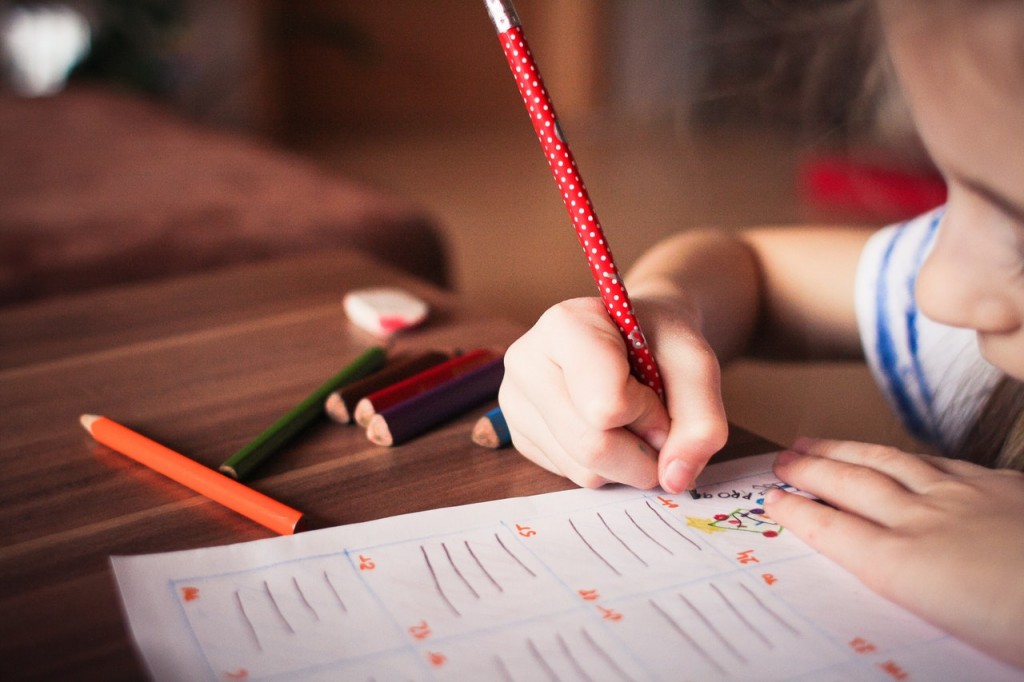
Teaching kids to draw with care
Via drawing children get a possibility to honestly express the world they see and experience. This is why it is so important for tutors and parents during drawing classes not to impose their experience and narratives on the kids. You need to carefully choose your words so that you don’t make any influence on children’s thinking. Here are some of the bad example of reactions you may have:
-
Imposing narratives (stories or ideas)
“What a lovely cat! Oh, it’s not a cat, it’s a bear? Well, it doesn’t look like a bear at all…” By imposing your thoughts you cut kid’s opportunity to improve their thinking, and so kill a part of their creativity. Always leave space for thought and flight of ideas, especially for younger children.
-
Direct criticism and unrealistic expectations
Direct criticism and unrealistic expectations that you vividly state to a child are destructive for their creativity. Never criticize the kid with direct words and especially in front of other class members or just his or her friends. While teaching kids to draw always encourage them because you never know what the sprouts of talent can grow into!
-
Criticizing older kids’ unrealistic drawings
It’s common for grown-ups to expect that older children think and act realistically, and so that they draw only the world around. However, no matter how old a child is if he or she has a whole world in the head! Never should you, while teaching kids to draw, criticize their imaginative worlds and attempts to get closer to reality! Always try to find the right words to encourage the effort and not turn your child against drawing completely.
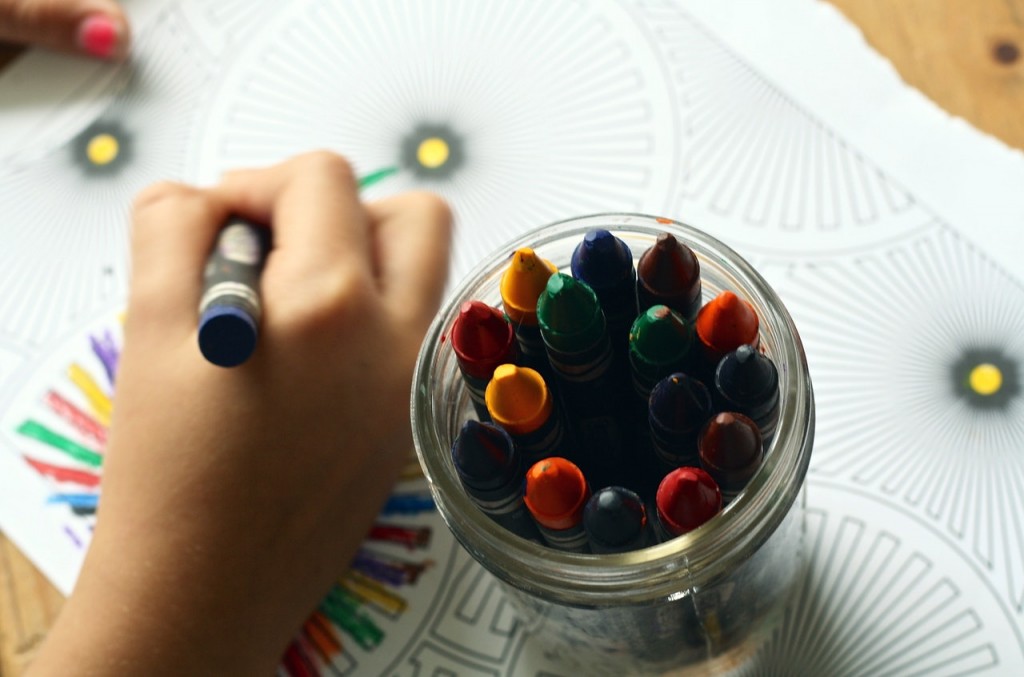
Teaching kids to draw: essentials for teachers and parents
-
Learn yourself
You simply cannot teach someone doing something if you yourself have no clue about this activity. Take a class, read some books, and practice before you actually start teaching kids to draw.
-
No high expectations from the first lesson
Learning requires time and a lot of effort, so don’t expect your kid to become world’s best painter in a month. Be patient and give your child time: don’t push too hard, don’t punish for mistakes, don’t get disappointed about your kid’s progress. Gentle and consistent steps will allow natural talent to blossom.
-
Learn to listen
You need to always be positive when making or looking at art with children. Remember, there are no mistakes, no straightforward corrections, and no “right or wrong” here. Anything you can make is a suggestion.
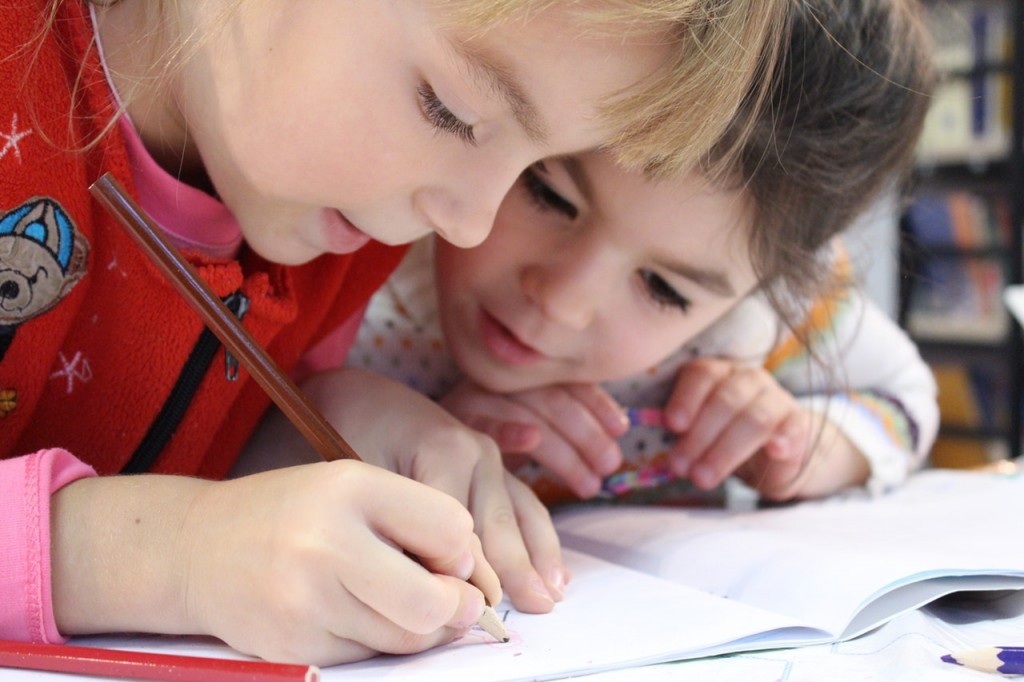
Kids’ life is full of adult rules: don’t eat this or don’t go there, so for them, art is a niche where they can do whatever they want. Give true freedom when teaching kids to draw and make no limits to creativity. Guide them through technique and be guided by their interest and ability. Your goal as a teacher and a parent is to make the child interested in art and share their pleasure. Always keep this in mind when teaching kids to draw!
